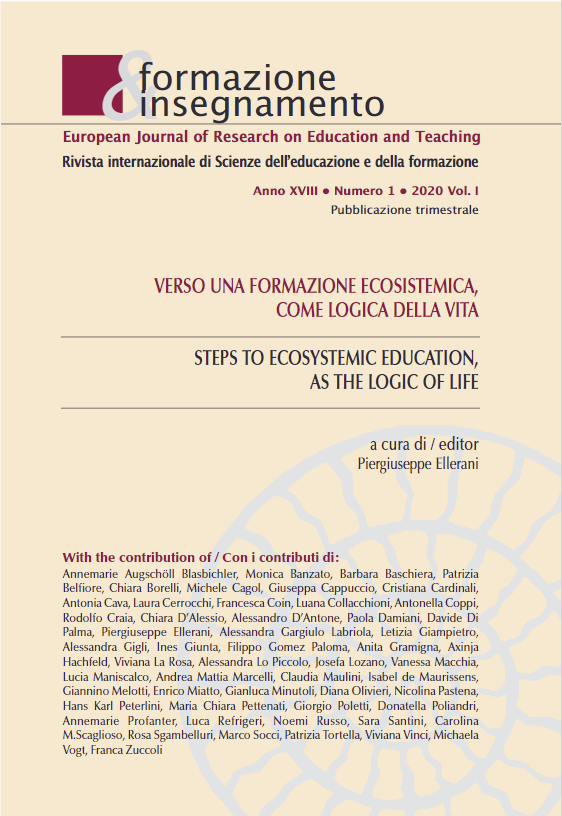A storytelling in motor education contributes to motivate kindergarten children to physical activity
DOI:
https://doi.org/10.7346/-fei-XVIII-01-20_30Abstract
A story telling on motor education can be an idea to make the activities more interesting. We wonder whether this methodology might be useful to motivate children to physical activity and make the activities more vigorous. A research is carried out in a kindergarten, involving 71 children aged 4 and 95 children aged 5, who are divided into groups. Each group experiments with a different situation, in which it has to perform a motor task (running in the form of an 8-shaped figure) with a story telling or not. Pre-tests are carried out at the beginning of the activities and post-tests at the end of 10 structured motor activity sessions. A stopwatch measures the running speed of the route in groups that have a background history and those that do not. Two tabs are then used to qualitatively investigate the “perception of motor competence” and the “enjoiment-fun” experienced during the task. The results show that the storytelling is very motivating and allows a significant improvement of the execution time for 4-year-old children. From a qualitative point of view, the children who have made the route with the background story acquire a mental representation (map) of the route and are able to remember and explain the route taken, also showing spatial orientation. There is no relationship between the children’s perception of motor competence and their real motor competence. The storytelling can be a useful tool for motor education.
Downloads
Published
How to Cite
Issue
Section
License
Copyright (c) 2020 FORMAZIONE & INSEGNAMENTO. European Journal of Research on Education and Teaching

This work is licensed under a Creative Commons Attribution 4.0 International License.
Formazione & insegnamento is distributed under Attribution 4.0 International (CC BY 4.0).
For further details, please refer to our Repository & Archiving Policy, as well as our Copyright & Licensing Terms.





